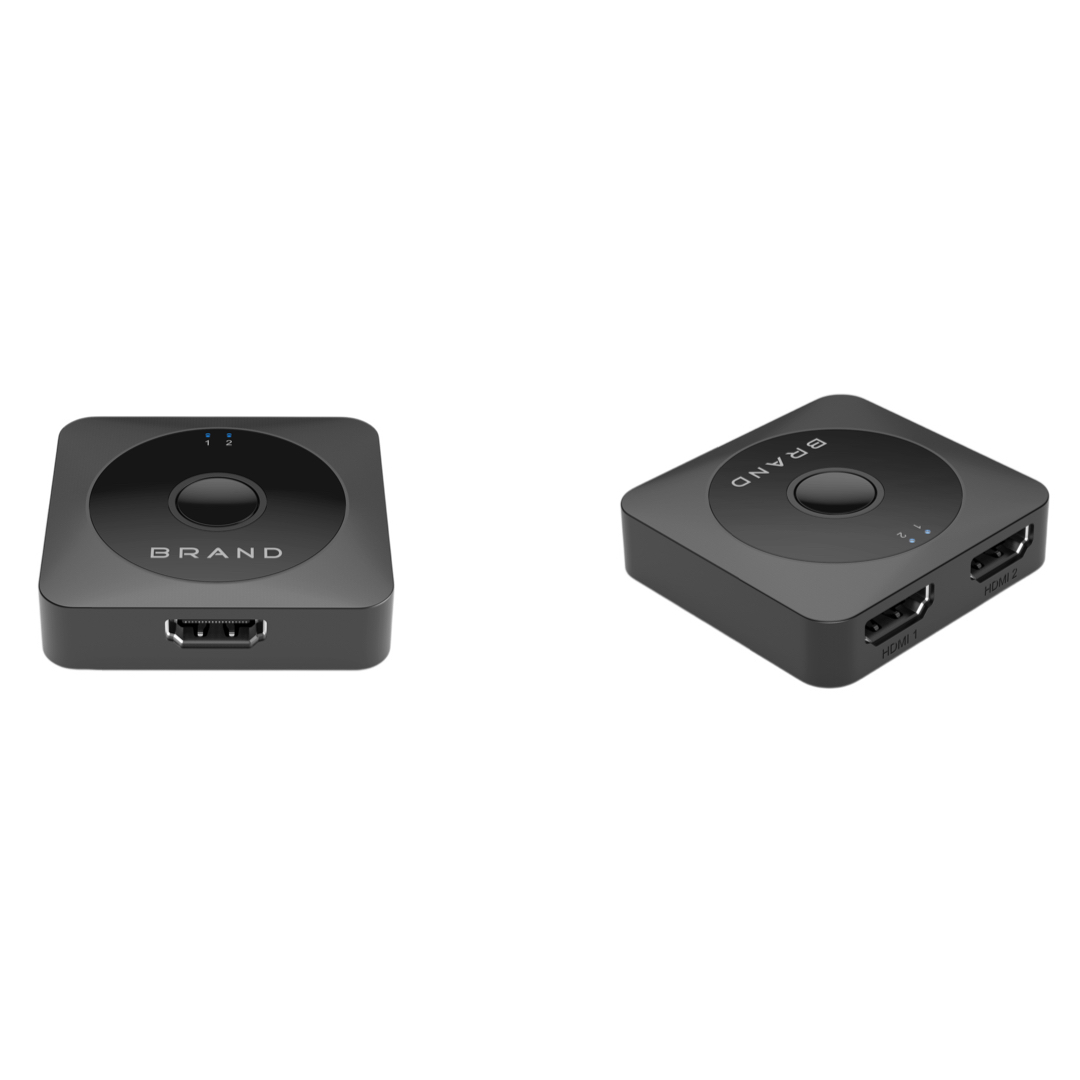Understanding the Importance of Audio Adapters and Cabling

Audio adapters and cabling play a crucial role in connecting various audio devices, ensuring seamless transmission of sound signals. These essential components enable the transfer of audio signals between different devices, such as amplifiers, speakers, headphones, and audio interfaces.
1. Types of Audio Adapters
Audio adapters come in a variety of forms, each serving a specific purpose. Some common types include:
- 3.5mm to 6.3mm Adapter: This adapter allows you to connect headphones or microphones with a 3.5mm connector to devices that only accept the larger 6.3mm plug.
- RCA to 3.5mm Adapter: It enables the connection of audio devices with RCA output to devices with a 3.5mm input, making it useful for connecting speakers to mobile devices or laptops.
- XLR to TRS Adapter: This adapter is commonly used in professional audio setups, converting XLR connections to TRS plugs for connecting microphones to audio interfaces or mixers.
2. Audio Cabling Considerations
Choosing the right audio cables is equally important for optimal sound quality and reliability. Here are some key aspects to consider:
- Cable Length: The length of the cable depends on the distance between the audio source and the receiving device. Ensure you choose an appropriate length to avoid signal loss or degradation.
- Cable Type: There are various cable types, including coaxial, optical, HDMI, and Ethernet cables. Each type serves different purposes, such as transmitting analog or digital signals, so select the appropriate cable for your specific audio setup.
- Cable Quality: Investing in high-quality cables can significantly improve audio performance. Look for cables with good shielding to minimize interference and ensure accurate signal transmission.
3. Steps to Properly Connect Audio Devices
To achieve optimal audio connectivity, follow these steps:
- Identify Output and Input Ports: Determine the output port on the source device and the corresponding input port on the receiving device.
- Choose the Right Adapter: If the devices have different port types, select the appropriate audio adapter to bridge the connection gap.
- Connect the Cable: Plug one end of the audio cable into the adapter or the output port and the other end into the input port. Ensure a secure and snug connection to avoid signal loss.
- Test the Connection: Once the devices are connected, test the audio output to ensure proper functionality. Adjust volume levels accordingly.
Summary:
Audio adapters and cabling are crucial components for connecting audio devices. Understanding the various types of audio adapters and choosing the right cables are essential for optimal sound quality. By following the proper steps for audio device connectivity, you can ensure a seamless and immersive audio experience.



